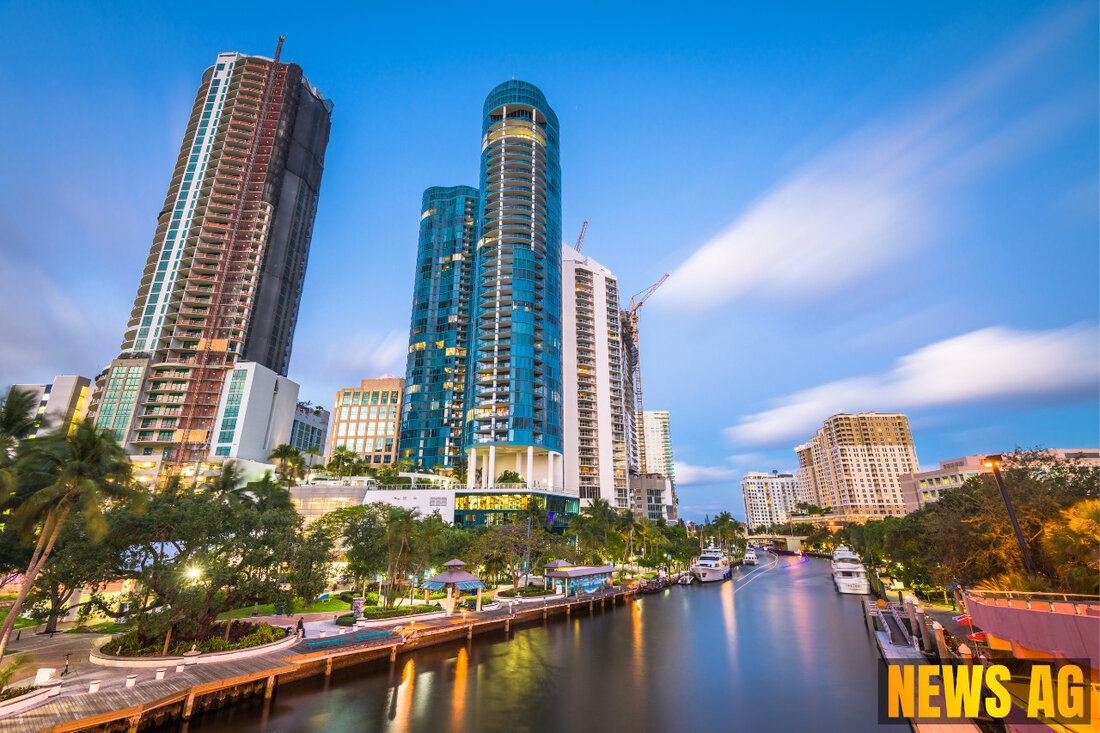Beware the Waves: Rip Current Dangers Surge Along Gulf Coast Beaches
Rising rip current dangers in Panama City, Florida, claim lives; learn safety tips and recent incidents affecting beachgoers.

Beware the Waves: Rip Current Dangers Surge Along Gulf Coast Beaches
With summer in full swing, Florida’s beautiful beaches beckon locals and tourists alike. However, there’s something to be said for the hidden dangers lurking just beneath the surface—specifically, rip currents. A recent report highlights how a former tropical disturbance is elevating the risk of these powerful currents along the Gulf Coast, putting swimmers at greater risk than ever before. According to USA Today, rip currents are recognized as the deadliest surf-zone danger in the U.S., a fact that should not be taken lightly.
Since 2010, over 800 individuals have tragically lost their lives due to drownings caused by rip currents, with 2025 already witnessing more than three dozen deaths related to surf-zone hazards. By mid-June, 21 of these fatalities were directly attributable to rip currents. Recent incidents underscore this alarming trend; just on July 13, Chase Childers, a former professional baseball player, drowned heroically attempting to rescue a family in South Carolina. Heartbreakingly, this is not an isolated event—victims come from various backgrounds and ages, showing that anyone can fall victim to these deadly currents.
The Danger of Rip Currents
What makes rip currents such a formidable threat? They are swiftly moving channels of water flowing away from shore, typically forming at breaks in sandbars or near jetties. The speed of these currents can reach up to 2 feet per second, and some have even been recorded at a shocking 8 feet per second—faster than an Olympic swimmer! Most victims are boys and men aged between 10 to 29, and the fatalities peak during the summer months, particularly in June and July. Florida, unfortunately, sees more than its fair share of these incidents; in 2022 alone, at least 19 deaths were reported on Florida beaches due to rip currents.
Locations like Panama City, Florida, have gained notoriety for being particularly hazardous; a staggering four drownings occurred within 48 hours during the summer of 2024. But it’s not just Florida that is affected. Data shows that across the U.S., surf-zone fatalities have been increasing, leading to urgent calls for better education on water safety.
How to Stay Safe
Knowing how to act if caught in a rip current could mean the difference between life and death. The National Weather Service provides crucial tips: first, remain calm. Contrary to what many think, rip currents will not pull you under if you don’t panic. Swimming parallel to the shoreline is key to escaping the current. Always check local weather and water conditions before taking a dip, and make a point to swim near a lifeguard when possible. Lifeguards are trained to manage such situations effectively, and seeking their assistance can be life-saving.
If you intend to help someone who is caught in a rip current, throw a flotation device to them if available and call for help immediately. Direct them to swim parallel to the shoreline until they are free of the current. Waiting for a lifeguard when in doubt is always a good bet.
Looking Ahead
This year’s surf-zone fatalities already stand at 36, with rip currents claimed as a significant cause. Notably, incidents span locations from Wawaloli Beach in Hawaii to Destin, Florida. Tracking these fatal accidents remains challenging due to underreporting across various regions, as emphasized by studies examining rip current hazards and rescues. While the science around these natural events continues to evolve, understanding the risks associated with rip currents is vital for those looking to enjoy the ocean safely.
As you gear up for beach trips this summer, keep these safety tips in mind. Being informed and prepared can create memories that last a lifetime, instead of tragedies. So, let’s enjoy the sun, sand, and surf—but do so responsibly!

 Suche
Suche
 Mein Konto
Mein Konto